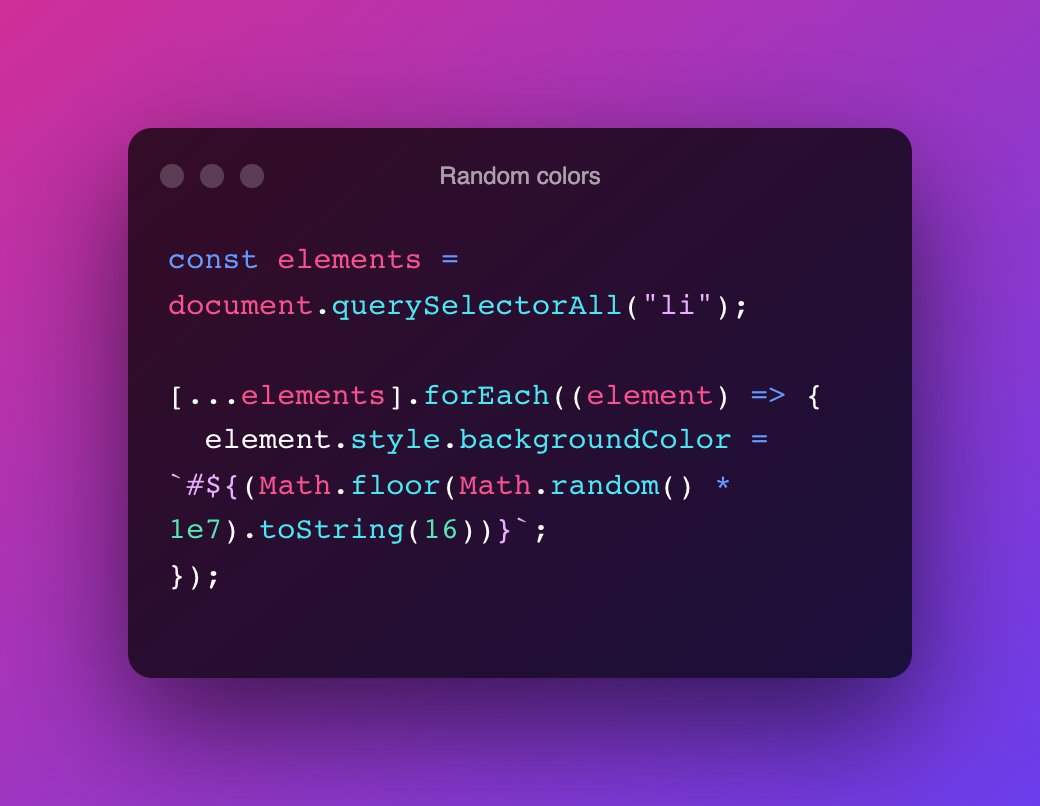Optimizing a JavaScript-enabled website can improve its performance, speed, and user experience.
How To Optimize Your Website
Minimize HTTP Requests: The more HTTP requests your website makes, the longer it takes to load. You can reduce the number of HTTP requests by combining multiple JavaScript files into a single file, using CSS sprites to combine images, and minimizing the use of external resources.Reduce JavaScript and CSS file size: You can use minification tools to remove unnecessary white spaces, comments, and other redundant characters from your JavaScript and CSS files. This will help reduce their size, which in turn will help speed up your website.

Optimize Images: Large images can slow down your website, so it's important to optimize them. You can compress images using tools like TinyPNG or Photoshop to reduce their file size without sacrificing quality.
Use a Content Delivery Network (CDN): A CDN can help improve your website's speed by storing your files on multiple servers worldwide. This way, users can access your website from a server that's geographically closer to them, which reduces latency and improves loading speed.
Use browser caching: Browser caching helps reduce the amount of data that needs to be downloaded when a user visits your website. By setting up caching, you can tell browsers to store certain files, like images or CSS files, in the user's cache so that they don't need to be downloaded every time the user visits your site.
Get Lazy
Lazy loading is a technique that loads images or other content as the user scrolls down the page, rather than loading everything at once. This can help reduce initial page load times, which can improve the user experience.
MODERN
- Use modern JavaScript frameworks.
- Modern JavaScript frameworks like React, Vue, and Angular can help improve website performance by optimizing how the website renders on the user’s browser.
- These frameworks can help reduce the amount of code needed to render a page, which can improve loading times.
PLUGINS
- Reduce the use of JavaScript plugins.
- While JavaScript plugins can add functionality to your website, they can also slow it down.
- Try to limit the number of plugins you use and make sure they’re lightweight and optimized.
Optimize Your Code
Finally, it's important to optimize your code. This means identifying and fixing performance bottlenecks, using best practices for code organization, and ensuring that your code is efficient and effective. Tools like Google's Lighthouse can help you identify areas where your website could be improved.
By following these tips, you can help optimize your JavaScript-enabled website for speed, performance, and user experience.
Hebrews 11:10
STEM is awesome!